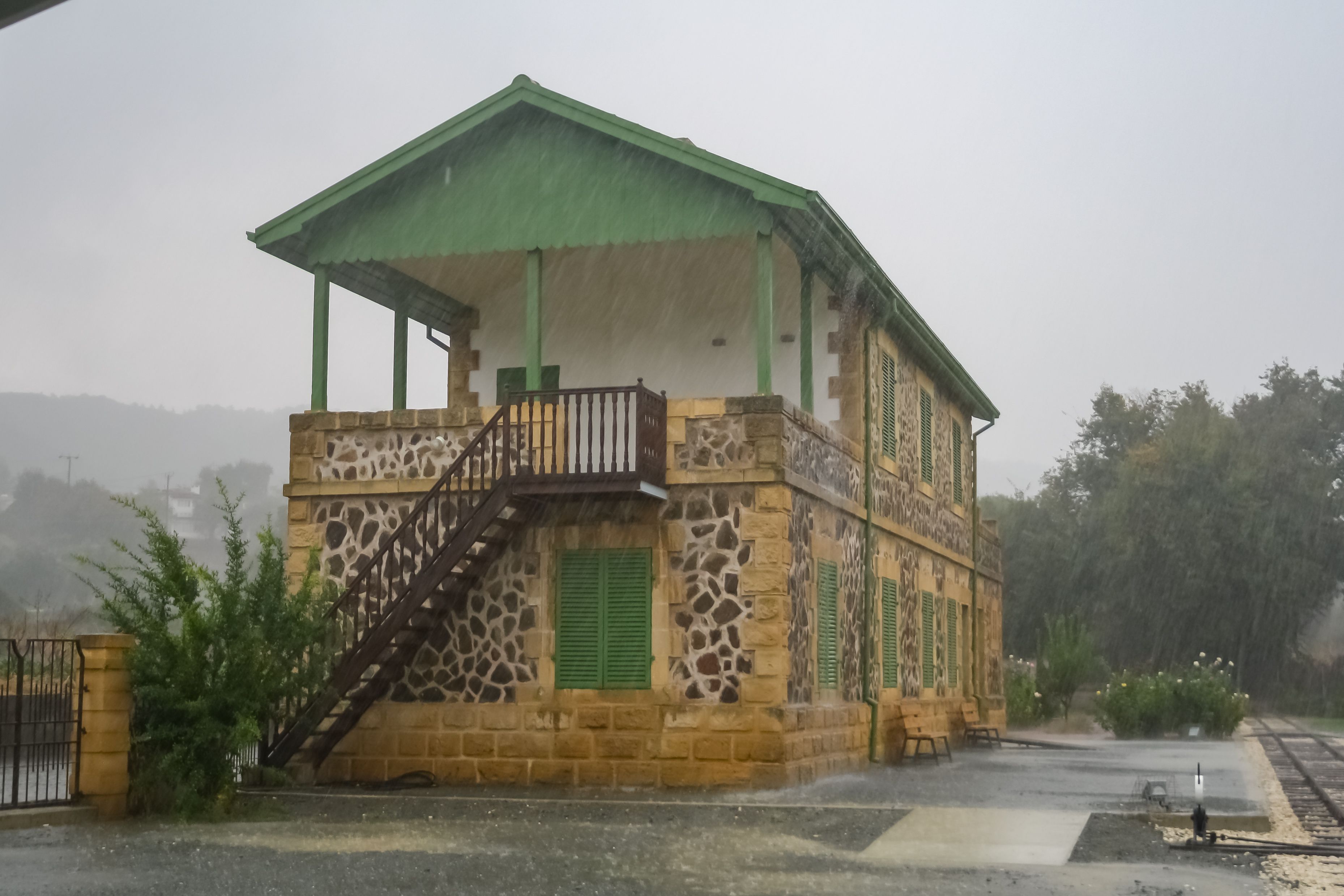Evrychou

Evrychou is a village in Nicosia in Cyprus and it is situated 57 kilometers southwest of Nicosia, 53 kilometers north of Limassol, 95 kilometers northwest of Larnaca and 91 kilometers northeast of Paphos.
Built at an altitude of 440 meters in the middle of the Solea valley on the eastern bank of the Karkotis river and on the old Nicosia-Troodos road, Evrychou of the approximately 800 inhabitants is an area of fruit trees, few citrus fruits, almonds, olives, vegetables and grain crops, but mostly known for the quality of its apples.
Temporary the seat of the Metropolitan Morphou after the 1974 Turkish invasion, Evrychou has a kindergarten, elementary school, high school, graduate school, fire station, court, health center, police station, restaurants and many other administrative services. Apart from the administrative and intellectual center of Solea, the community provides all the necessary infrastructure to residents and tourists, such as grocery stores, footwear stores, building materials, toys, electrical goods, as well as a butcher, florist, bookshop, patisserie and cafes. The settlement consists of newly built buildings on the slopes of the valley, while the village’s core preserves its folk architecture with traditional stone-built houses with tiled roofs and wooden balconies. Historically, the settlement has existed since ancient times, which is evidenced by the cooking utensils, jewellery and coins dating from 250 BC to 100 AD. and were found in excavations that took place in the area of Atsa and towards the village of Flasou. Under the Frankish rule, the village was Doman Roy’s feudal estate until the 15th century and later fell into the possession of the king, while in the mid-19th century it was considered to have produced the best cotton in Cyprus. During the English occupation of Cyprus, the village underwent several infrastructure projects, with the major being the construction of the road that led to the village from Nicosia, completed in 1899. As the central village of the area, it was the western end of the Cyprus Railways route connecting Ammochostos with Nicosia and Nicosia with Evrychos, while the Skouriotissa mines also helped in the development of the settlement, situated a short distance to the north of the village. The mines operated until the Turkish invasion of 1974. The name of the community comes from the words “evrys-chous”, meaning a large space, while another version refers to the first inhabitant of the village who was a shepherd and was called Evrychios. A third version reports that the name was given to the village by immigrants from other regions, who came here to find plenty and fertile lands (“Ev chous”, meaning “good earth”).
Important attractions for the visitor to Evrichou include the Styli Mylonas watermill, built in 1878 and still in operation, as well as the Museum of the Railways of Cyprus, which is housed in the old railway station and is the only one of its kind in the whole island, but also its many churches. The watermill is located on a hillside, a few meters away from the main road of the village and initially operated as a flour mill, and in 1910, with the addition of new machinery, began to process cotton. In 1926 the mill was renovated and today it is a center of attraction for both tourists and locals, making it an excellent example of folk architecture. The Museum of the Railways of Cyprus is the main building of the Cyprus Governmental Railroad (KCS) and was maintained by the Department of Antiquities.
The temple of Agios Georgios is the metropolitan church and is a Gothic-style building dating back to 1886, with a beautiful bell tower added in 1922. The church of Agia Marina is located in the center of the village, built in 1872 and is Gothic, while the church of Agios Kyriakos, a basilica with a wooden roof, 1 kilometer north of the community, dates back to the 15th century with medieval architectural features and celebrates on May 24th. Inside the church there is a 16th-century iconostasis of exceptional art and a 17th-century icon of Christ, and the chapel with the saint’s tomb at the north wall. The vessel where his relics were held is located in the church of Agia Marina. Other churches are the chapel of Prophet Elias at the homonymous hill, dating back to 1984, the chapel of Agios Nektarios of 1985 and the chapel of Agii Andronikos and Athanasia of 2001.
The village’s monument to the Fallen is dedicated to Marko Drako, an EOKA fighter in the liberation struggle against the English in 1955-59.
